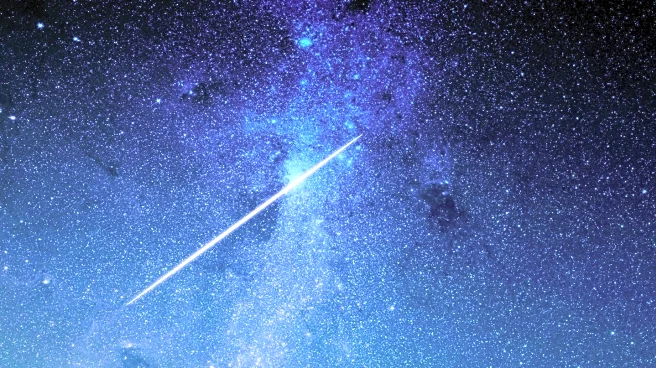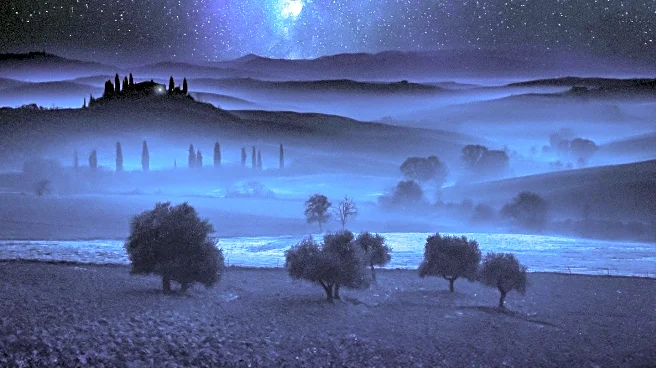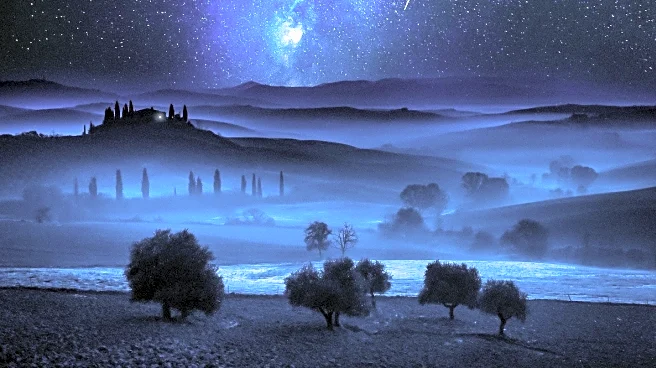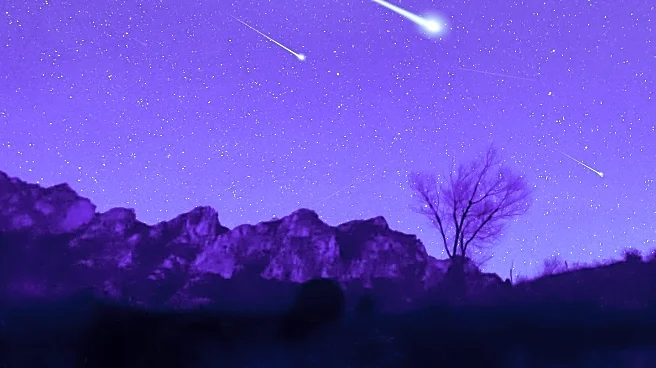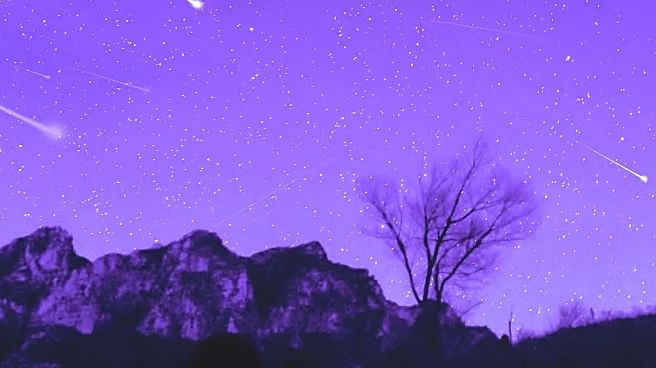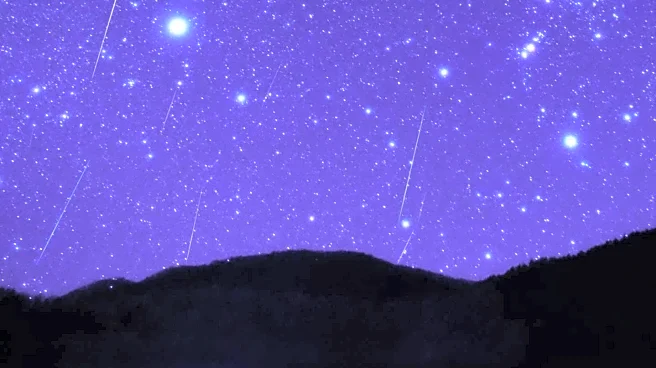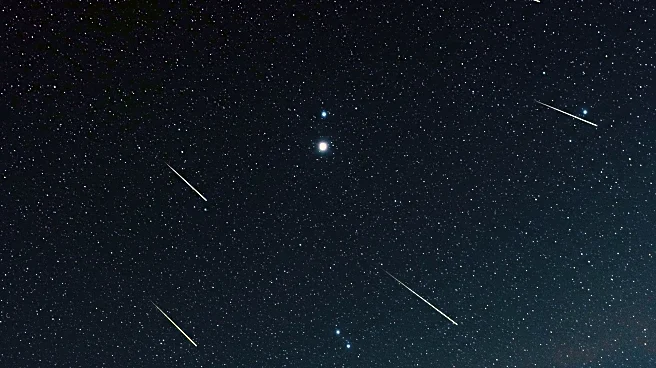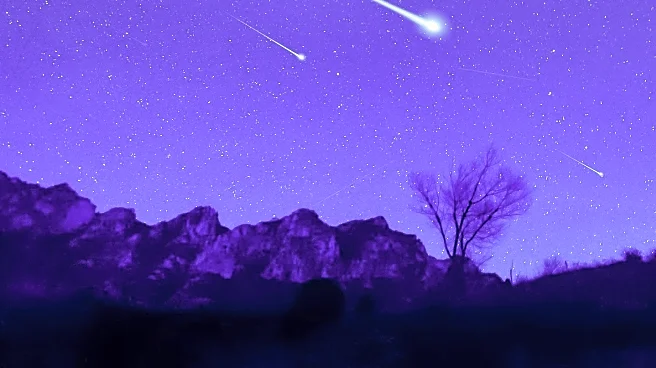Rapid Read • 8 min read
The Perseid meteor shower, renowned for its bright meteors, is set to peak at 4 p.m. ET on Tuesday. Historically, the shower has produced 40 to 50 visible meteors per hour. However, this year, the visibility is expected to be lower due to the waning gibbous moon, which is at 85% illumination. This bright moonlight will make it difficult to spot meteors, with estimates suggesting only 10 to 20 meteors per hour may be visible. Stargazers are advised to watch for meteors between dusk and moonrise on the evening of August 12, and again in the early hours before daybreak on Wednesday. During these times, meteors may be visible shooting out from the constellation Perseus, although the constellation's low position on the horizon may obstruct views.
AD
The Perseid meteor shower is one of the most anticipated astronomical events of the year, drawing interest from both amateur and professional astronomers. Despite the challenges posed by the bright moon, the event offers a unique opportunity for sky-gazers to witness celestial phenomena. The conjunction of Venus and Jupiter, occurring around the same time, adds to the spectacle, providing a rare view of the two brightest planets close together. Such events not only foster public interest in astronomy but also encourage educational activities related to space science, potentially inspiring future generations of astronomers.
Following the Perseid meteor shower, several other meteor showers are expected to peak later in the year, including the Draconids in October and the Geminids in December. Additionally, upcoming full moons and eclipse events will continue to offer opportunities for astronomical observation. These events may prompt increased public engagement with astronomy, as well as potential advancements in meteorological and astronomical research.
The Perseid meteor shower, along with other celestial events, highlights the importance of dark sky preservation. Light pollution remains a significant issue, affecting the visibility of such phenomena. Efforts to reduce light pollution can enhance the experience of observing meteor showers and other astronomical events, promoting environmental awareness and conservation.
AD
More Stories You Might Enjoy
